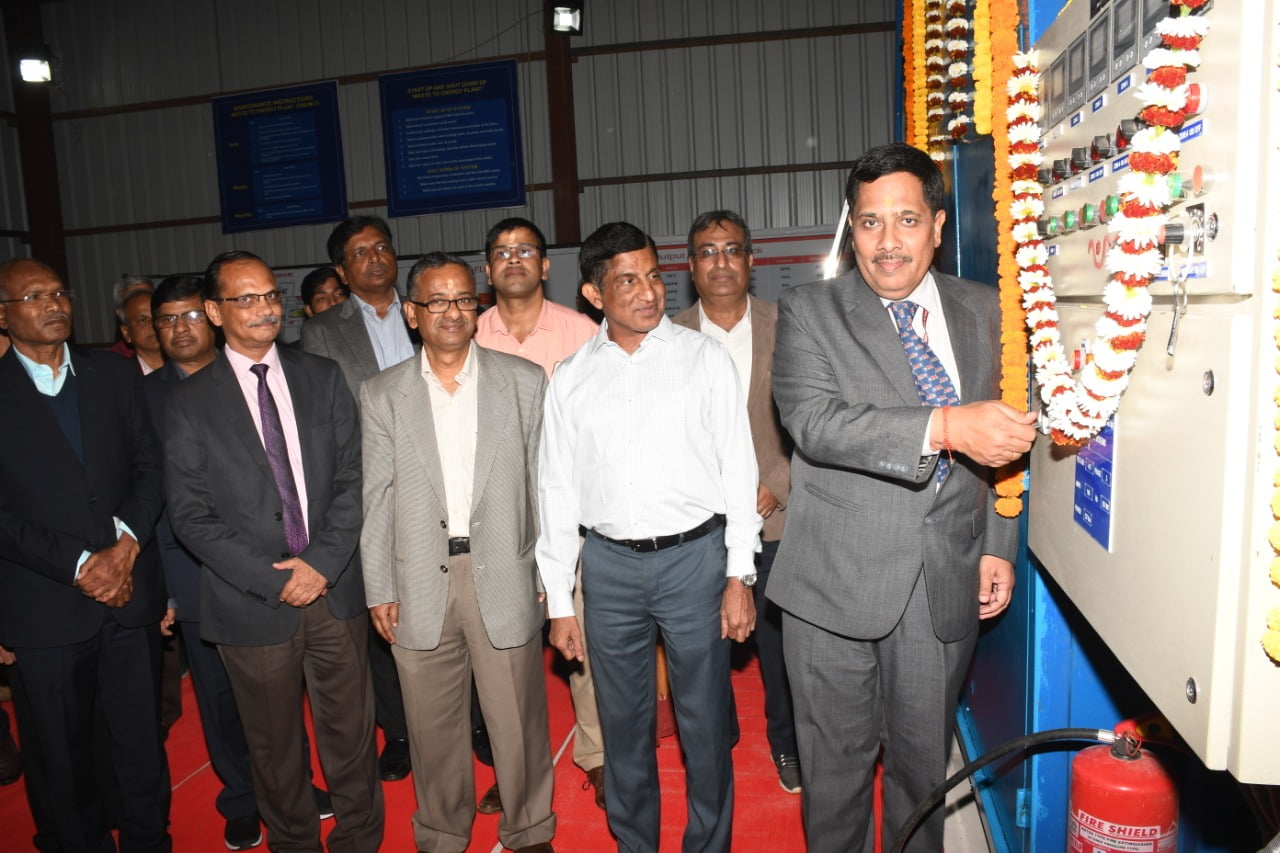Restructuring the Railway Board
The government recently gave green signal to the restructuring of the Railway Board. It was done to move to a corporate model. Earlier, the Union Cabinet in December 2019 cleared a proposal for restructuring of the board through a leaner structure on functional lines.
Key Facts
- The number of Railway Board members will be reduced to five from existing eight.
- It will be headed by the chairman and four members — covering infrastructure, operations and business development, rolling stock, and finance.
- The board will also include sectoral experts from industry, finance, economics, and management fields.
- The chairman will be the cadre-controlling officer responsible for Human resources (HR) with assistance from a director-general (HR).
- Vinod Kumar Yadav became the first chairman and chief executive officer (CEO) of the board.
- Beside CEO, the government has also appointed the four members –
- Pradeep Kumar for infrastructure,
- PC Sharma for traction and rolling stock,
- PS Mishra for operations and business development, and
- Manjula Rangarajan for finance.
- The appointments were cleared by the Appointments Committee of Cabinet (ACC).
- The restructuring will be a zero-cost exercise and money will be saved by surrendering posts in the board and stopping duplication of work.
- The Railway Board had also decided to unify the eight existing Group A services of the railways into a central service called the Indian Railway Management Service (IRMS).
- At lower-level technical staff will become multitaskers; that might promote skilling and improvement in services.
Background
Earlier, the railway services were organised into various departments like traffic, civil, mechanical, electrical, signal and telecom, stores, personnel, and accounts. These departments were vertically separated from top to bottom and were headed by secretary-level officers called ‘members’ of the Railway Board.
Why this reform?
In the past 25 years, various committees formed for reforming the railways the Prakash Tandon Committee (1994), Rakesh Mohan Committee (2001), Sam Pitroda Committee (2012), and Bibek Debroy Committee (2015). All these committees had recommended these reforms.
Further, the government has lined up a massive infrastructure development plan of Rs 50 trillion to modernise the national transporter in the next 12 years – from improving safety to speed and services. This requires speedy decision-making by various departments. Departmentalism’ in Railways was marked by inefficiency in work, infighting over control of assets and resources, and delay in decision making,
Significance
- Integrated system will cut the clutter in decision making and organise the working of the Railway Board and its zones along more commercial lines.
- It will end departmentalism.
- It will streamline railway operations and provide flexibility the way Railways deploy people.
Month: Current Affairs - September, 2020



N. Ramachandran
September 5, 2020 at 11:57 amThe Railway Board is undergoing changes to have better productivity. Changes are inevitable in any system, and inertia will make the system stagnated. Changes to be welcomed if any progress to be made, commensurate with the changes in surroundings, which is at a fast rate and huge scale, nature
B.Srinivas
September 5, 2020 at 11:57 amSir , Railway board restructuring/Reforms only for Railway privatisation. Indian Railways privatisation is majority poor, middle class people not travel in train journey.High rich people travel only.corporates only see profits not public safety.